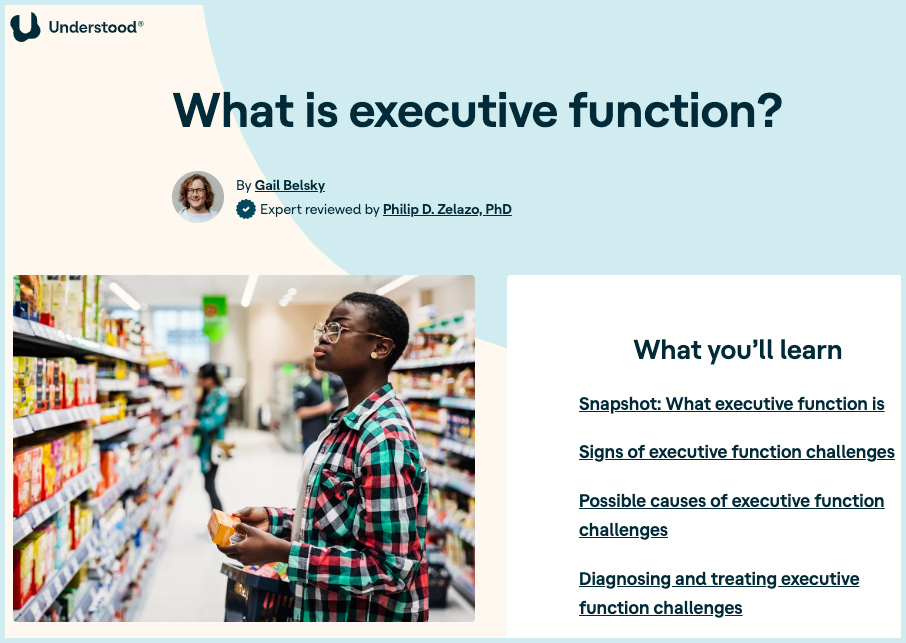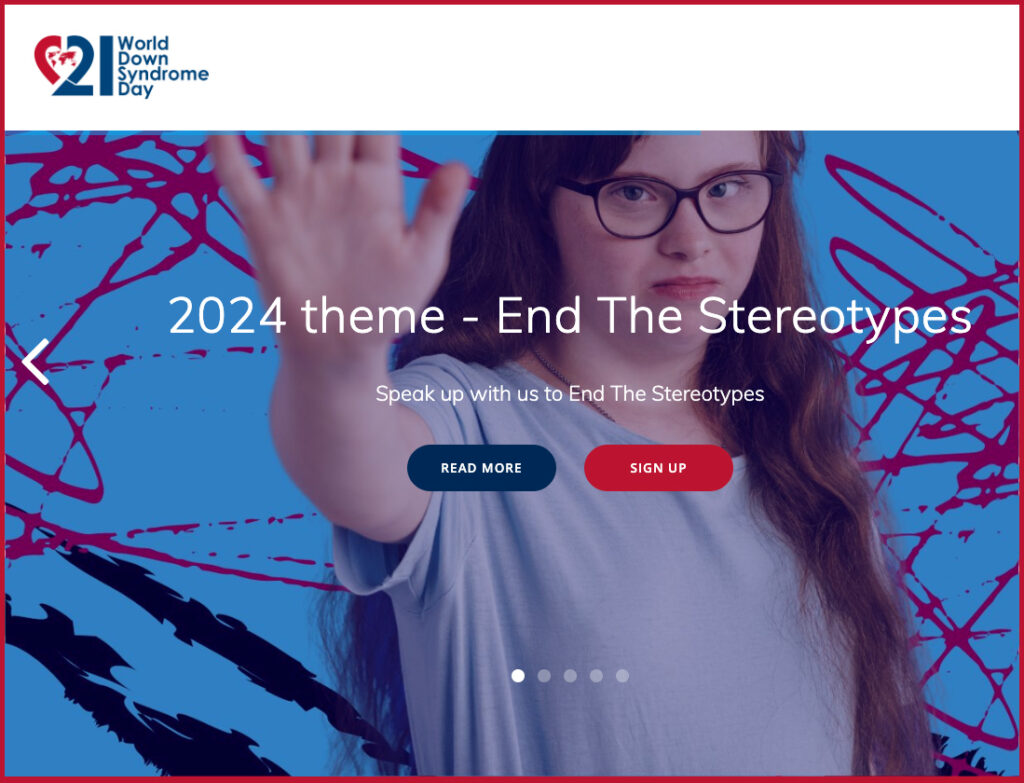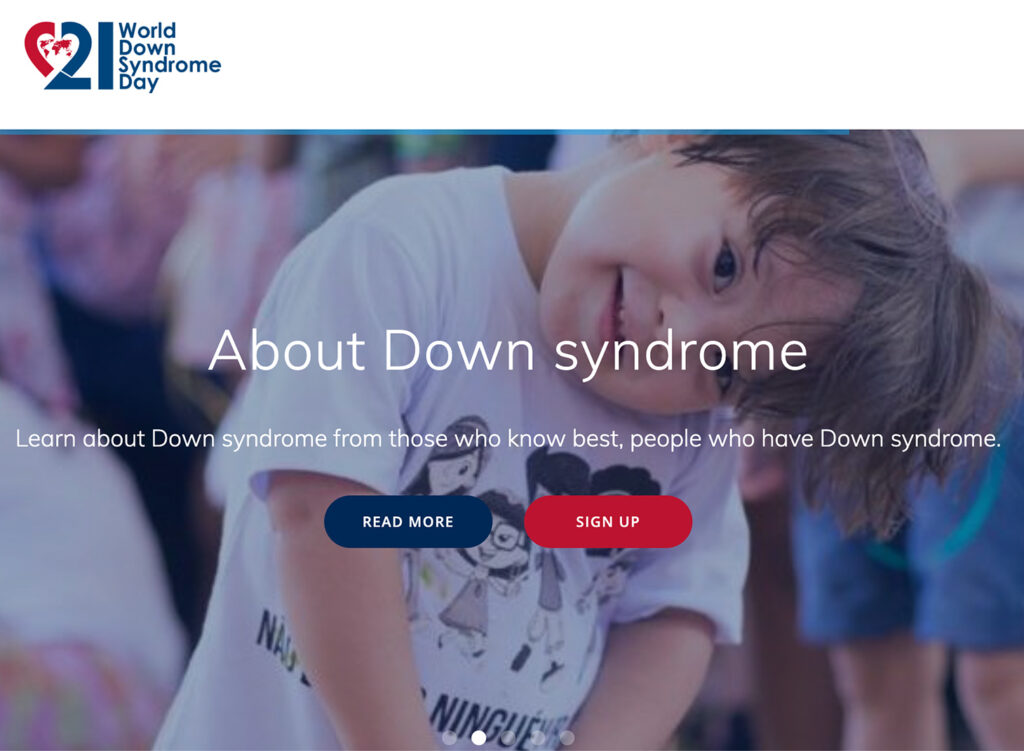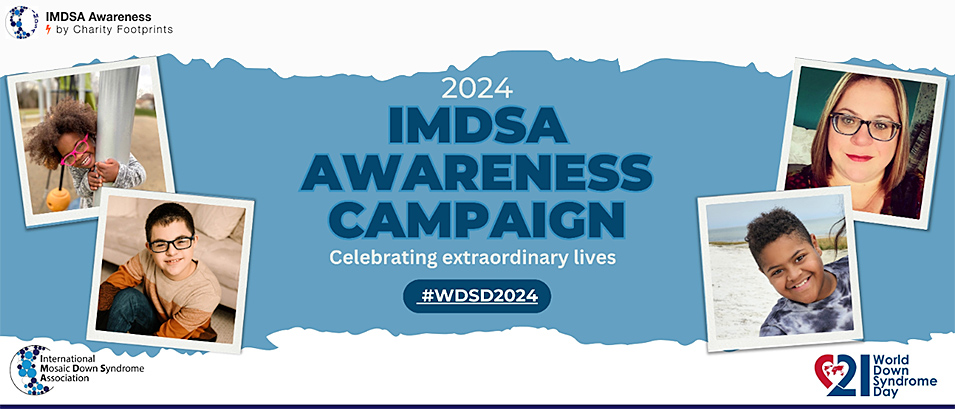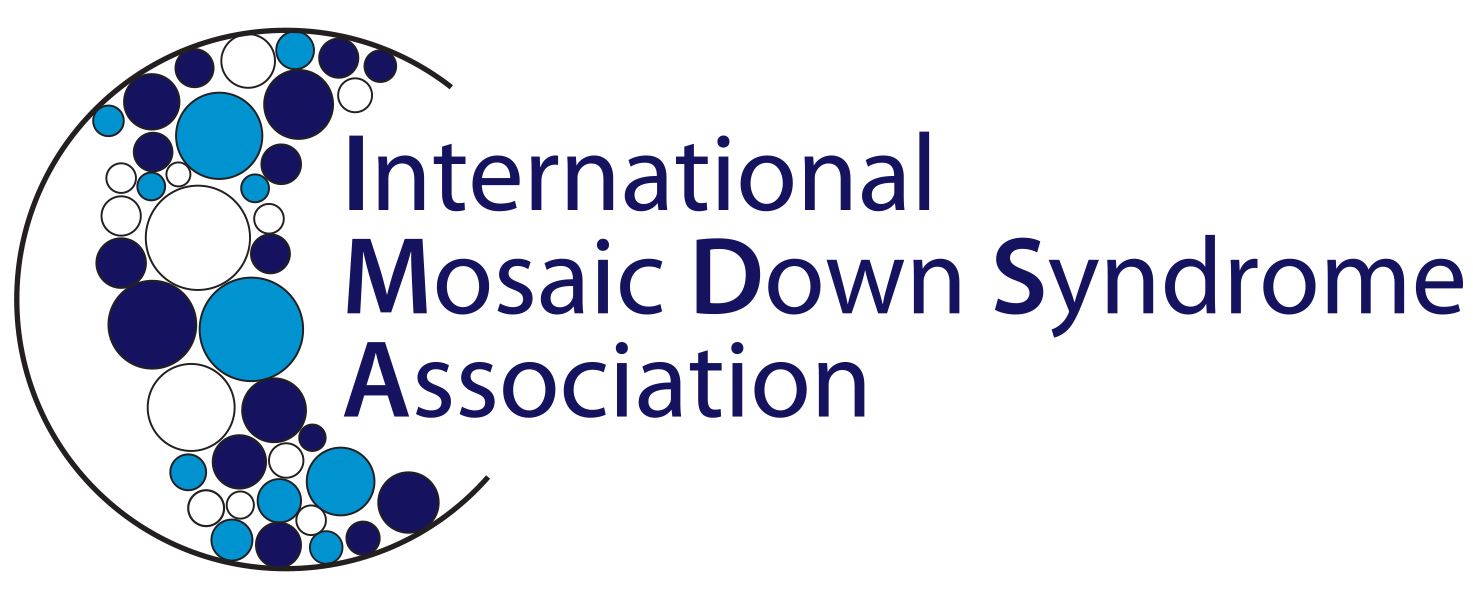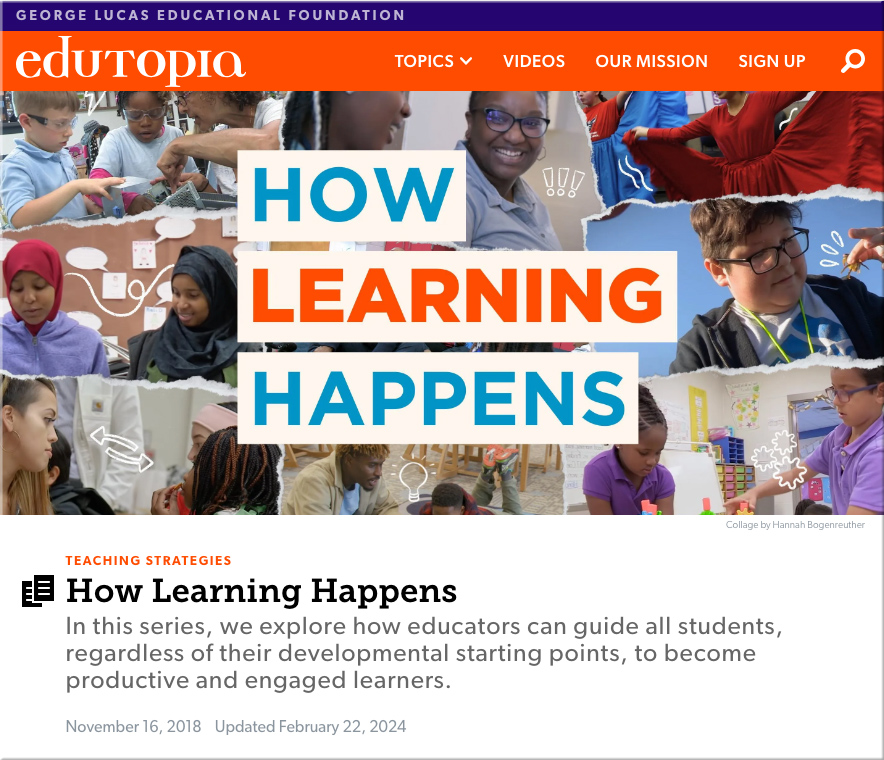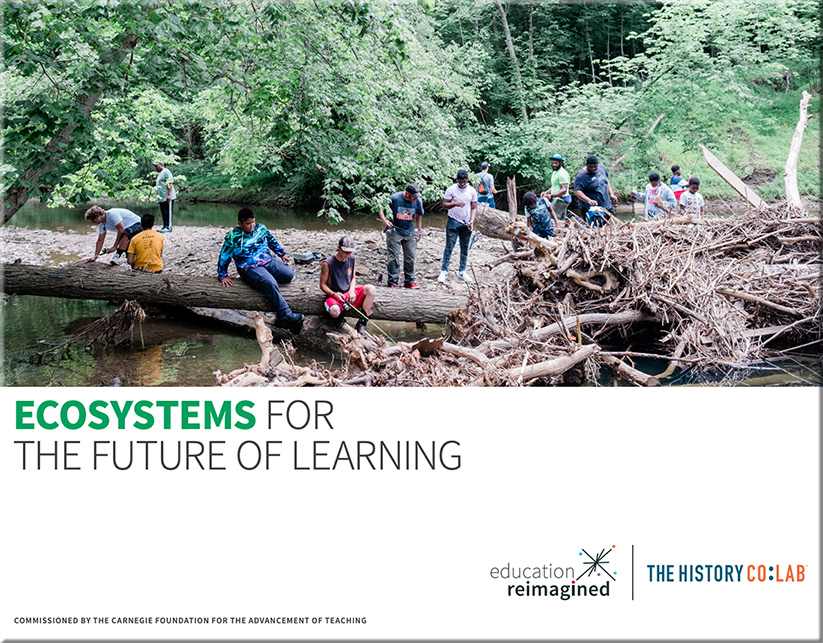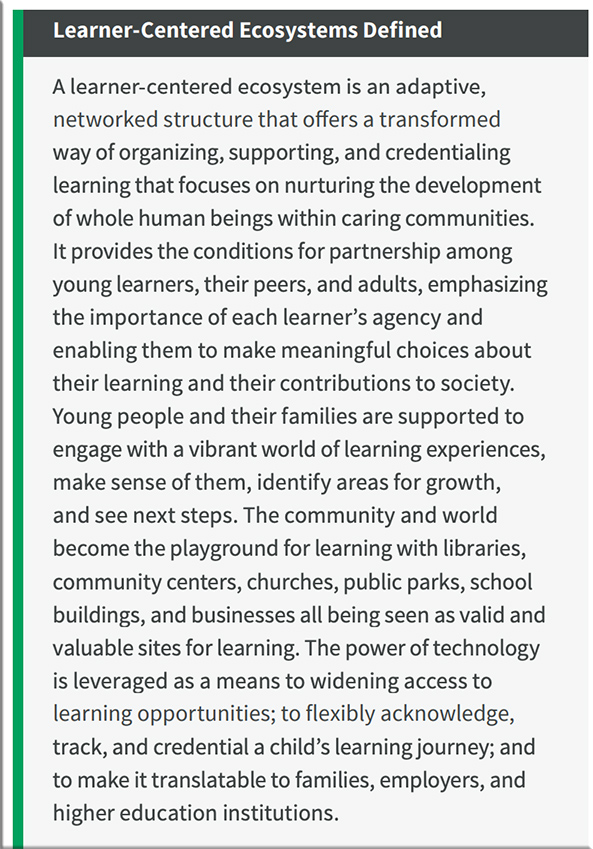K-12 students learned a lot last year, but they’re still missing too much school — from npr.org by Cory Turner and Sequoia Carrillo
1. Students are starting to make up for missed learning
From spring 2022 to spring 2023, students made important learning gains, making up for about one-third of the learning they had missed in math and a quarter of the learning they had missed in reading during the pandemic.
2. Despite that progress, very few states are back to pre-pandemic learning levels
The Results Are In: Parents Favor School Choice — from realcleareducation.com by Hanna Skandera; via GSV
Parents want a choice when it comes to their children’s education.
A new report published by The National School Choice Awareness Foundation reveals that 72% of parents considered new schools for their children in 2023 — a massive 35% increase from 2022. Additionally, more than 70% of parents in nearly every state support the implementation of school choice policies.
This momentum has caught the attention of state legislatures across the country.
Why Doesn’t Every Office Building Have A Microschool? — from fee.org by Kerry McDonald; via GSV
“We are breaking down walls between communities and classrooms,” said Revolution School founder, Gina Moore.
Today, intrepid educators continue to try to make change within the traditional schooling system, but increasingly entrepreneurial teachers and parents are working outside the system to create innovative, accessible K-12 learning models that push beyond the four walls of a conventional classroom—literally and figuratively.
One such program is Revolution School, a private, accredited high school located in a downtown office building in Philadelphia that draws students from more than 25 zip codes across the city.
Revolution School focuses on meaningful internships where students, known as “Rev-terns,” partner with local businesses to learn workplace skills and gain valuable experience. Students also take advantage of dual enrollment opportunities at the nearby Community College of Philadelphia, accumulating college credits while being mentored by Revolution School teachers.
PROOF POINTS: Tracking student data falls short in combating absenteeism at school — from hechingerreport.org by Jill Barshay
A post-pandemic study of an early warning system indicated that family income makes a difference
Chronic absenteeism has surged across the country since the pandemic, with more than one out of four students missing at least 18 days of school a year. That’s more than three lost weeks of instruction a year for more than 10 million school children. An even higher percentage of poor students, more than one out of three, are chronically absent.
Nat Malkus, a senior fellow at the American Enterprise Institute, a conservative think tank, calls chronic absenteeism – not learning loss – “the greatest challenge for public schools.” At a Feb. 8, 2024 panel discussion, Malkus said, “It’s the primary problem because until we do something about that, academic recovery from the pandemic, which is significant, is a pipe dream.”











